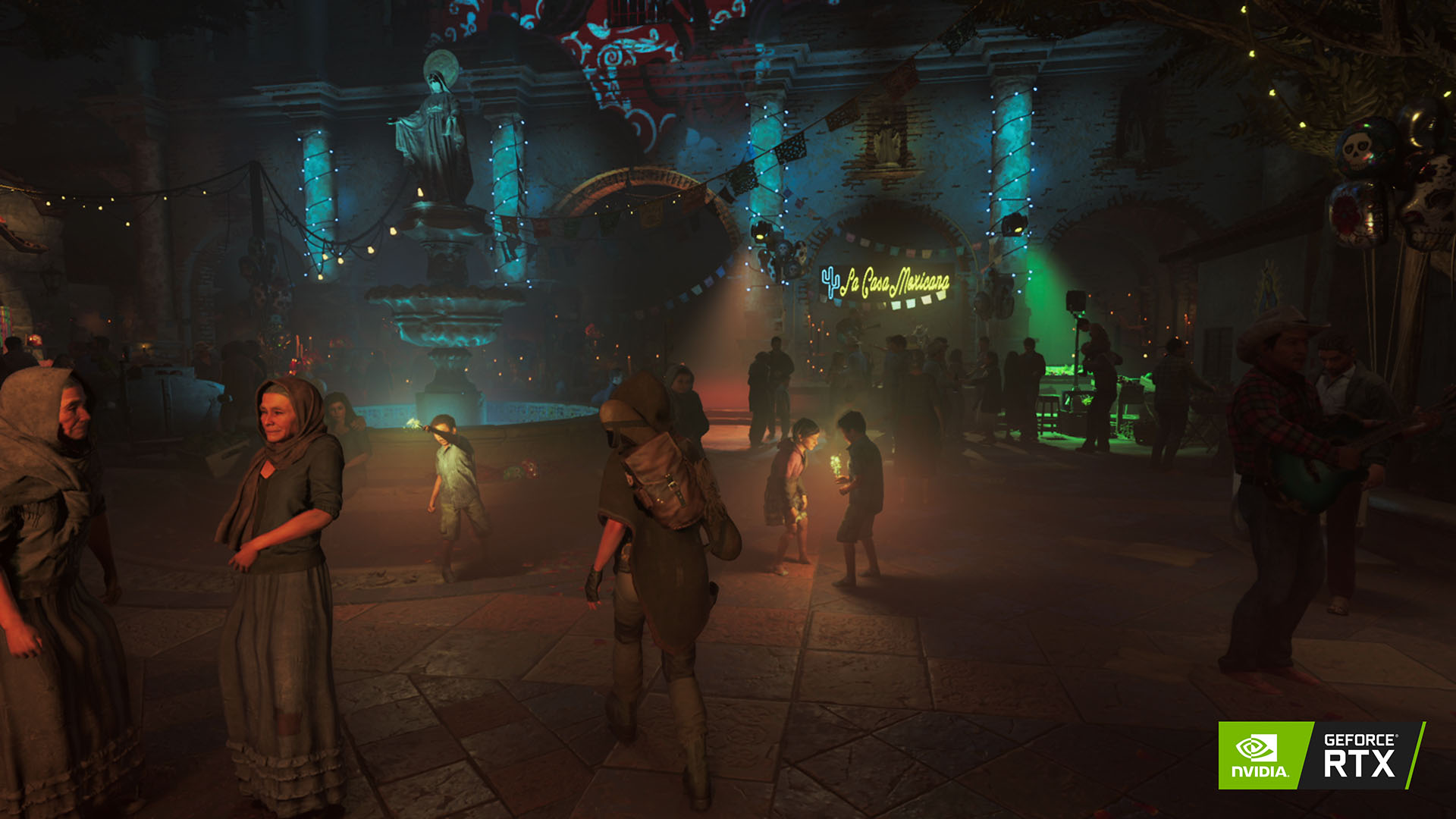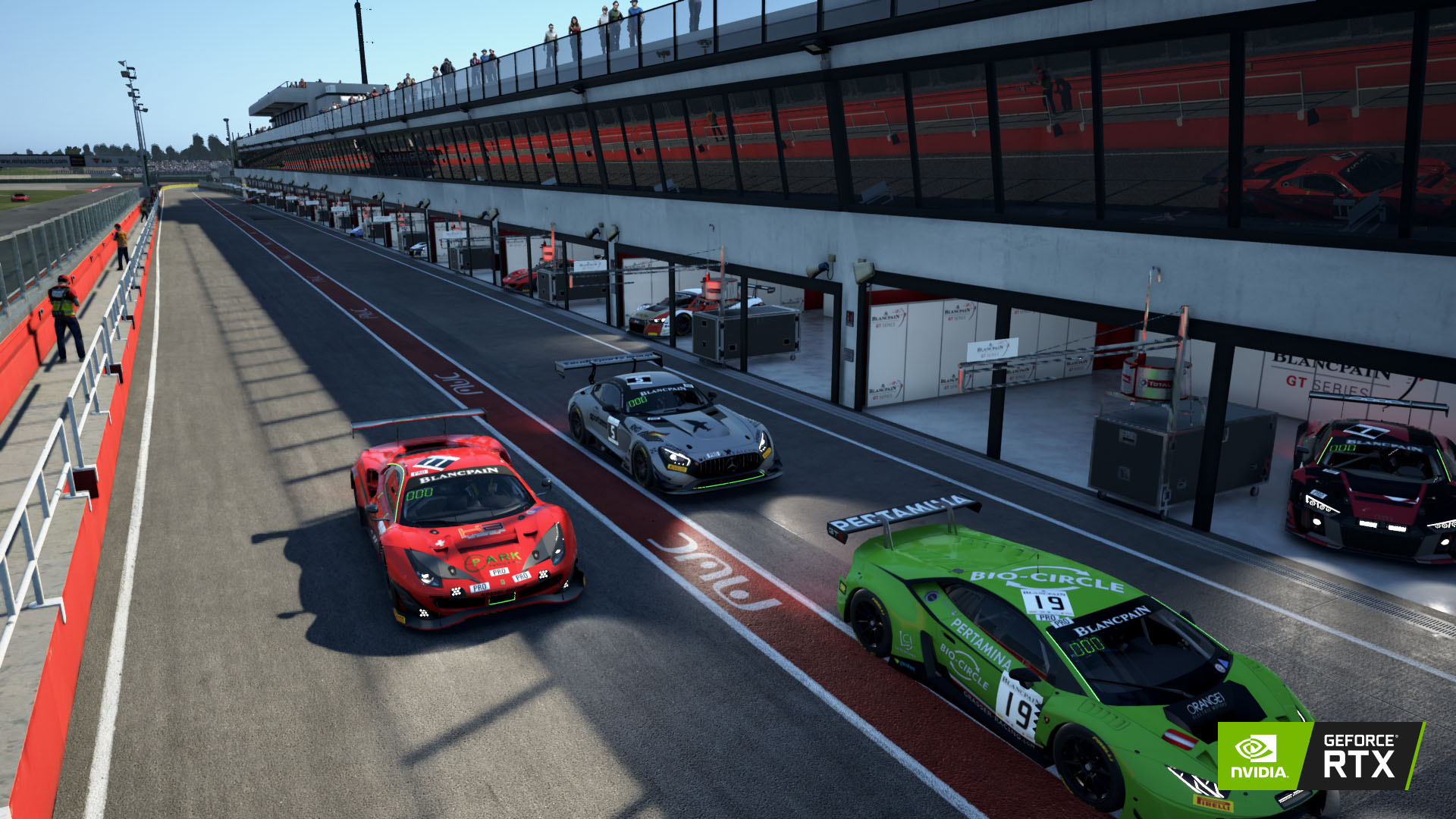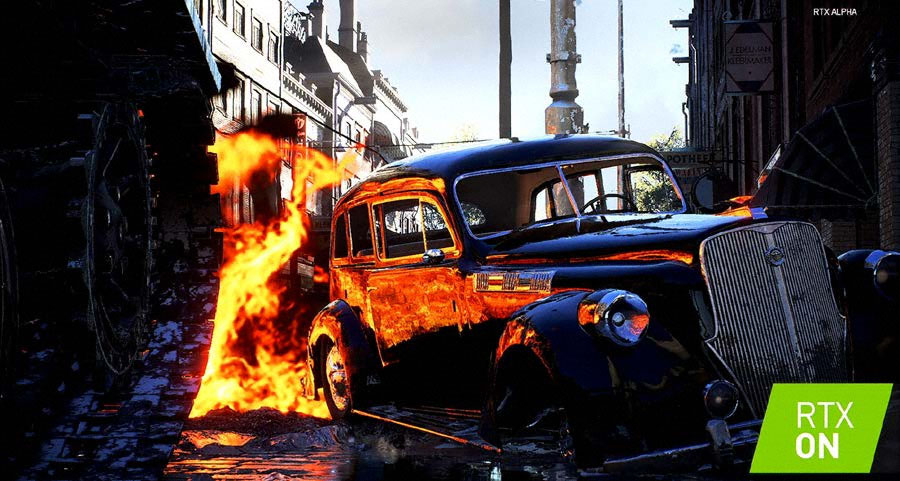Nvidia’s Turing Architecture Explored: Inside the GeForce RTX 2080
Ray Tracing And AI: Betting It All on Black
Nvidia could have poured all of its efforts into features that make Turing faster than the Pascal architecture in today’s games, rather than splitting attention between immediate speed-ups and investments in the future. But the company saw an opportunity to drive innovation and took a calculated risk. And why not? Its performance and efficiency lead over AMD’s Vega RX series creates a comfortable margin to push next-gen technology more than we’ve seen in years.
Dedicating gobs of transistors to Tensor cores and RT cores doesn’t pay off today. It doesn’t pay off tomorrow. Rather, it pays off months or even years down the road as developers become comfortable optimizing their games for a combination of real-time ray tracing and rasterization. Nvidia needs them to spend time experimenting with neural graphics and AI. Technologies like mesh shading and variable rate shading aren’t used anywhere currently; they require adoption and support. With all of that said, developer enthusiasm for real-time ray tracing appears unanimous. This truly seems like a vision everyone wants to see realized.
In the meantime, gamers aren’t going to spend their hard-earned dollars on a future promise of better-looking visuals. They want instant gratification in the form of higher frame rates. We can talk architecture ad nauseam. However, the features found in today’s discussion only amount to half of the story (the academic half, no less). In a few days, we’ll have a battery of performance, power, and acoustic results to present. Only then can we tell you if GeForce RTX 2080 and 2080 Ti warrant the high prices that have enthusiasts gnashing their teeth.
MORE: Best Graphics Cards
MORE: Desktop GPU Performance Hierarchy Table
MORE: All Graphics Content
Get Tom's Hardware's best news and in-depth reviews, straight to your inbox.
Current page: Ray Tracing And AI: Betting It All on Black
Prev Page Overclocking: Making The Most Of Headroom With Nvidia Scanner-
siege19 "And although veterans in the hardware field have their own opinions of what real-time ray tracing means to an immersive gaming experience, I’ve been around long enough to know that you cannot recommend hardware based only on promises of what’s to come."Reply
So wait, do I preorder or not? (kidding) -
jimmysmitty Well done article Chris. This is why I love you. Details and logical thinking based on the facts we have.Reply
Next up benchmarks. Can't wait to see if the improvements nVidia made come to fruition in performance worthy of the price. -
Lutfij Holding out with bated breath about performance metrics.Reply
Pricing seems to be off but the followup review should guide users as to it's worth! -
Krazie_Ivan i didn't expect the 2070 to be on TU106. as noted in the article, **106 has been a mid-range ($240-ish msrp) chip for a few generations... asking $500-600 for a mid-range GPU is insanity. esp since there's no way it'll have playable fps with RT "on" if the 2080ti struggles to maintain 60. DLSS is promisingly cool, but that's still not worth the MASSIVE cost increases.Reply -
jimmysmitty Reply21319910 said:i didn't expect the 2070 to be on TU106. as noted in the article, **106 has been a mid-range ($240-ish msrp) chip for a few generations... asking $500-600 for a mid-range GPU is insanity. esp since there's no way it'll have playable fps with RT "on" if the 2080ti struggles to maintain 60. DLSS is promisingly cool, but that's still not worth the MASSIVE cost increases.
It is possible that they are changing their lineup scheme. 106 might have become the low high end card and they might have something lower to replace it. This happens all the time. -
Lucky_SLS turing does seem to have the ability to pump up the fps if used right with all its features. I just hope that nvidia really made a card to power up its upcoming 4k 200hz hdr g sync monitors. wow, thats a mouthful!Reply -
anthonyinsd ooh man the jedi mind trick Nvidia played on hyperbolic gamers to get rid of thier overstock is gonna be EPIC!!! and just based on facts: 12nm gddr6 awesome new voltage regulation and to GAME only processes thats a win in my book. I mean if all you care is about is your rast score, then you should be on the hunt for a titan V, if it doesn't rast its trash lol. been 10 years since econ 101, but if you want to get rid of overstock you dont tell much about the new product till its out; then the people who thought they were smart getting the older product, now want o buy the new one too....Reply -
none12345 I see a lot of features that are seemingly designed to save compute resources and output lower image quality. With the promise that those savings will then be applied to increase image quality on the whole.Reply
I'm quite dubious about this. My worry is that some of the areas of computer graphics that need the most love, are going to get even worse. We can only hope that overall image quality goes up at the same frame rate. Rather then frame rate going up, and parts of the image getting worse.
I do not long to return to the day where different graphics cards output difference image quality at the same up front graphics settings. This was very annoying in the past. You had some cards that looked faster if you just looked at their fps numbers. But then you looked at the image quality and noticed that one was noticeably worse.
I worry that in the end we might end up in the age of blur. Where we have localized areas of shiny highly detailed objects/effects layered on top of an increasingly blurry background. -
CaptainTom I have to admit that since I have a high-refresh (non-Adaptive Sync) monitor, I am eyeing the 2080 Ti. DLSS would be nice if it was free in 1080p (and worked well), and I still don't need to worry about Gstink. But then again I have a sneaking suspicion that AMD is going to respond with 7nm Cards sooner than everyone expects, so we'll see.Reply
P.S. Guys the 650 Ti was a 106 card lol. Now a xx70 is a 106 card. Can't believe the tech press is actually ignoring the fact that Nvidia is relabeling their low-end offering as a xx70, and selling it for $600 (Halo product pricing). I swear Nvidia could get away with murder... -
mlee 2500 4nm is no longer considered a "Slight Density Improvement".Reply
Hasn't been for over a decade. It's only lumped in with 16 from a marketing standpoint becuase it's no longer the flagship lithography (7nm).



